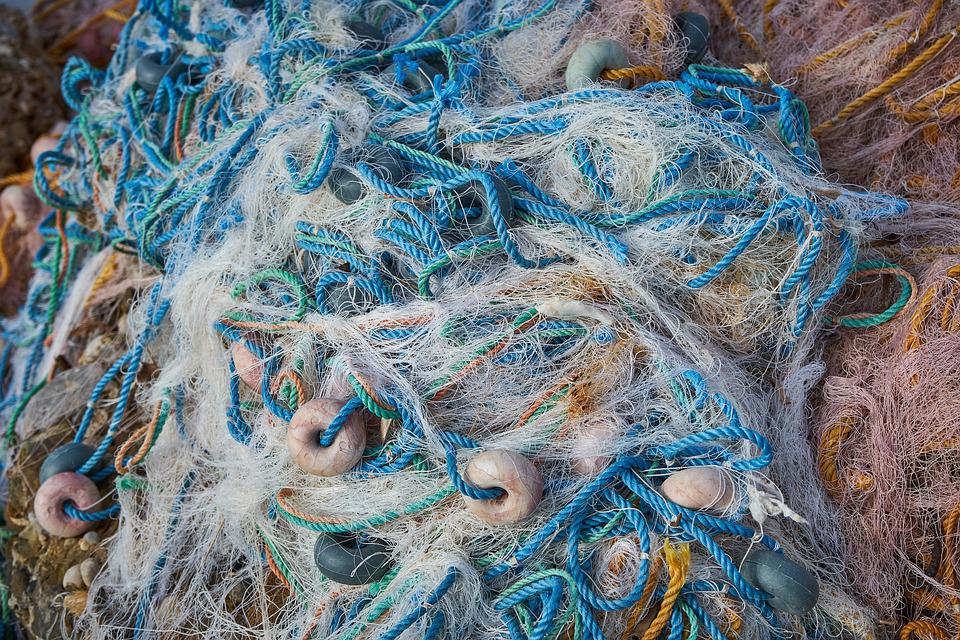Multiple websites that are affiliated with NOAA detail info about bottom trawling and outline the tools and processes that are associated with many different trawl practices, including their own. NOAA trawl surveys allow the agency to track changes in fish and invertebrate populations across the oceans, providing academic institutions, government agencies and the private sector with essential information.
However, one notable omission from these resources is the impact that they do or could have on the very ecosystems they’re exploring. While NOAA captures plenty of information in an unobtrusive way, bottom trawling efforts cannot be described as such. That insight was broken down in detail back in 2016, when the USGS outlined info about how such practices destroy the natural seafloor habitat by essentially rototilling the seabed. It mentions that bottom-dwelling plants and animals are greatly affected by this practice and can be outright destroyed.
That insight caused some government and private agencies to change how they capture information about seabed ecosystems. However, NOAA’s bottom trawling efforts in the Gulf of Mexico remained mostly unchanged, which recently compelled the advocacy group Public Employees for Environmental Responsibility (PEER) to send a letter to NOAA Administrator Rick Spinrad. This letter outlines how these practices are needlessly harming seafloor habitats in the Gulf of Mexico. The effort to change the way scientific surveys of bottom habitats are conducted is something that’s been going on for over a decade though.
The desire to keep scientific bottom-trawling practices as they are is easy to understand. Using a standard SEAMAP 42-ft net, NOAA teams have detailed how captures from trawl catches are processed for scientific data collection useful to management. Such efforts fulfill their objectives to provide information on species like shrimp and groundfish stocks across the Gulf of Mexico.
These efforts to conduct scientific sampling of marine habitats are essential, with such insights better-defining ocean conditions and monitoring marine life in a way that directly impacts commercial fishing resources and regulation. They also raise three important questions, all of which are about “how” rather than “why” associated with these surveys.
- are these ecosystems being negatively impacted by scientific survey methods?
- is there another way to capture this same information?
- how are the fishing communities in the area being impacted by it?
The negative impact that current trawling efforts are having is easy enough to find, with the PEER letter specifically mentioning 133 instances where gear was damaged or lost from bottom contact in the eastern Gulf of Mexico. Lost equipment of this nature leads to the creation of ‘ghost fishing’ nets that continue to trap everything and can keep animals from moving freely, causing injury and death for various mammals, birds, fish and invertebrates. Other stories have shown that certain trawls can remove up to 6% of biota per pass, with a median time to recovery that ranges from 18 months to six years.
While all scientific surveys are conducted under defined guidelines, effectively following them is more art than science. Additionally, such guidelines can vary in specificity for a given area and are not always followed. As an example, off of Brownsville in Texas, NOAA does not do a pre-trawl bottom assessment with adequate bottom profiling electronics before deploying the trawl. This is true for the entire Gulf survey area exclusive of the eastern Gulf off of Florida. However, even for the eastern Gulf, sometimes bottom profiling equipment is broken or the research ship is not equipped to do the bottom profiles.
When it comes to the second question, there’s no question that information about these ecosystems can be captured in ways that do not adversely affect live sea bottom habitats. Cameras can be setup and utilized to capture information in a far less obtrusive way. Video, icthyoplankton, and longline surveys are less destructive while still providing valuable management data.
Before surveys were expanded, such info was being gathered without destroying the habitat. While these alternatives do not entirely capture the same scientific information compared to trawl surveys, they do provide a valuable index. The expense and data quality associated with these sorts of alternatives need to be fully considered but not doing so means holding onto an approach that some have compared to cutting down the forest in order to best study the trees.
The final question around the impact on fishing communities can be considered on multiple levels, the first of which is economic. NOAA has a long-term and respected program for placing scientific observers on commercial trawlers and reef fish vessels in the Gulf of Mexico, providing fisheries managers with a means to fill in many of the important elements of the data gap that that would be created if bottom trawling efforts stopped. That said, the real impact being felt by communities concerns how these fishing habitats are being negatively impacted.
Bottom trawls on the west Florida shelf have been shown to pull up sponges that have life spans of over sixty years and are a known food source in the area. Finfish captures included angelfish, butterflyfish, filefish, red snapper, lane snapper, and other reef-obligate species. Quoting again from the PEER letter, “an agency review of the impacts of these trawl operations during the 2008-2015 period found that large masses of sponge and coral are captured but are often not even categorized before being discarded.”
Scientific opinions have outlined how damaging bottom trawling can be to sea bottom habitats, but they’ve often been positioned as minority science opinions. Of course, there being a problem with O-rings on the space shuttle was a minority science opinion at one point, and the ramifications of politics overriding engineering would eventually become evident.
Whether its politics, “the way things are done” mentality or something else preventing a different approach to capturing this data, the ramifications of not changing are unlikely to be as obvious in the short term. But the stakes are high. That’s why calls for better scientific assessments of trawl-induced habitat damage have already been made. It remains to be seen what impact the PEER letter will have.







